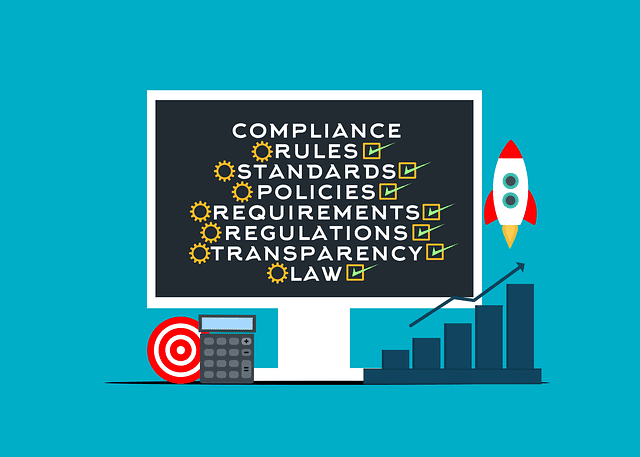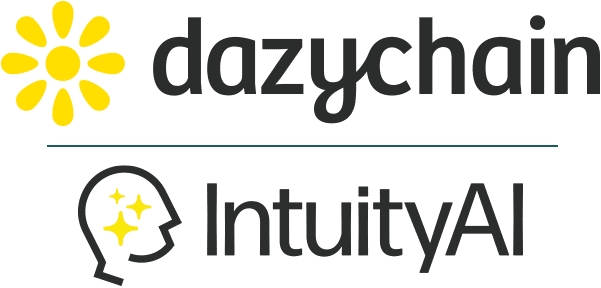Legal Industry Trends 2025
Demand is surging, tech is upending the old ways, legal budgets are under a microscope, and everyone’s asking the same question: how do in-house legal teams keep up with a business world addicted to rapid change?
Boardroom conversation has changed. Value, efficiency and innovation have become the watchwords. Legal professionals must prove their role as both protectors of the business and enablers of growth. And recent benchmark data from ACC and CLOC make one thing clear: corporate legal operations are at the center of the transformation.
Rising demand on legal teams
Legal work sprawls beyond contracts or compliance. Legal professionals are pulled in many directions, juggling not only legal and regulatory work but also issues such as ESG, data privacy, and cybercrime. And it shows. Workloads are growing faster than headcount.
The latest CLOC (Corporate Legal Operations Consortium) State of the Industry Report puts it clearly: 83% of legal departments expect demand to increase, with 63% identifying workload and resource bandwidth as their top challenge. And with efficiency in legal departments deemed a key priority, in-house counsel are exploring various options to keep everything moving.
Want specifics? Jump over to our CLOC State of the Industry Report summary, where we unpack what experienced GCs see on the frontline.
Artificial intelligence and legal tech
Legal technology trends are now impossible to ignore. The ACC’s State of the Corporate Law Department Report found that one-third of large organizations are increasing spend on legal technology, with greater efficiency of work the main driver of tech spend.
Technology implementation offers a significant opportunity to improve efficiency. By freeing up more time for strategic work, the quality of that work improves and lawyers can solve more complex problems.
More corporate lawyers are turning to AI, and for good reason. As pressure builds to do more with less, legal teams are finding that the right tools can massively enhance productivity. According to CLOC, the number of teams already using AI has nearly doubled since 2024, mainly for legal research, document review and handling repetitive tasks. Another 54% say they’re planning to introduce it by 2027.
Even those who haven’t taken the plunge yet can see the time-saving potential. Lawyers estimated the adoption of AI tools could free up 13 hours per week, according to ACC. Reducing the administrative burden will give them more time for expertise-driven work.
But there are concerns. ACC noted that while 35% of corporate lawyers feel as though their department is moving too slowly with AI integration, GCs are worried about over-reliance on tech, loss of skills and knowledge and data security.
People, skills and diversity
The ACC Law Department Management Benchmarking Report found the median global team sits at five lawyers. And while workload and mandates are growing, the median size of in-house teams isn’t. CLOC’s data points to the fatigue running through teams already stretched thin; 62% of in-house attorneys clock nearly 50-hour weeks and say there aren’t enough hours for meaningful change.
As technological advancements change the way teams deliver work, many organizations are broadening their talent pool. They’re looking beyond the traditional legal profession. GCs need people who can make new systems actually work. For some, this means more legal ops staff or those with backgrounds in data or project management. For others, this means more specialized roles.
The State of the Corporate Law Department Report found that 93% of legal leaders believe modern roles, like AI-specialist lawyers and cybersecurity experts, will become the newest additions to in-house counsel. These new associates will be integral as the likes of Generative AI tools become mainstream.
Yet, on diversity, teams seem to be moving backwards. Departments tracking diversity have dropped to 15% (down from 32% last year), and only 36% have a formal DEI strategy of their own. Read our breakdown of the ACC Benchmarking Report to see what these numbers mean for the future of in-house teams and how your department stacks up.
Cost management and efficiency
Every CFO now expects legal to justify spend and prove value. ACC reports a median legal spend at $2.6M, split evenly between inside and outside costs. Yet in the biggest companies, nearly 60% goes to outside counsel.
Law firm rates are up again (a 6.5% hike according to ACC), and most GCs are under pressure to squeeze more from their existing budget. One-third of corporate C-Suite leaders deem operational efficiency as a key strategy, and cost reduction is a priority for 20%.
We’re seeing a tactical shift away from routine outsourcing, an increase in internal handling of legal matters, a more strategic use of ALSPs, and a willingness to press for value-based billing. CLOC’s benchmarking finds a clear appetite for fixed-fee and value-based models; 79% of GCs said they want fewer surprise bills and much more predictable costs.
For a closer look at how GCs are allocating legal budgets and managing spend, read our comprehensive analysis of the ACC’s State of the Corporate Law Department Report.
Strategic role of General Counsels
GCs face a growing brief. Boards and investors demand real reporting and transparency. They want legal teams who can translate complex macro-trends into measurable actions, and quantify the risk if things go wrong.
ESG (Environmental, Social, and Governance) in particular is a growing focus. ACC’s Benchmarking Report confirms 30% of in-house legal departments now formally oversee ESG. CLOC’s findings reinforce the need for cross-functional skills and leadership that reach far beyond the traditional legal realm.
Staying ahead of the curve
The legal sector is changing quickly. Leaders who adapt will set the pace. The ACC and CLOC benchmarks give in-house counsel a starting point for diving deep into their own performance. Gather valuable insights, identify gaps, stay up-to-date with legal trends and new technology, and get tailored recommendations that fit your business size, needs and industry.
Data and benchmarks in this article draw from the 2025 ACC Law Department Management Benchmarking Report, the State of the Corporate Law Department Report and CLOC’s 2025 State of the Industry analysis. These reports are based on comprehensive data collected from thousands of general counsel, in-house legal teams, corporate counsel and law firm leaders worldwide, and give a keen insight into the ever-changing legal market.











